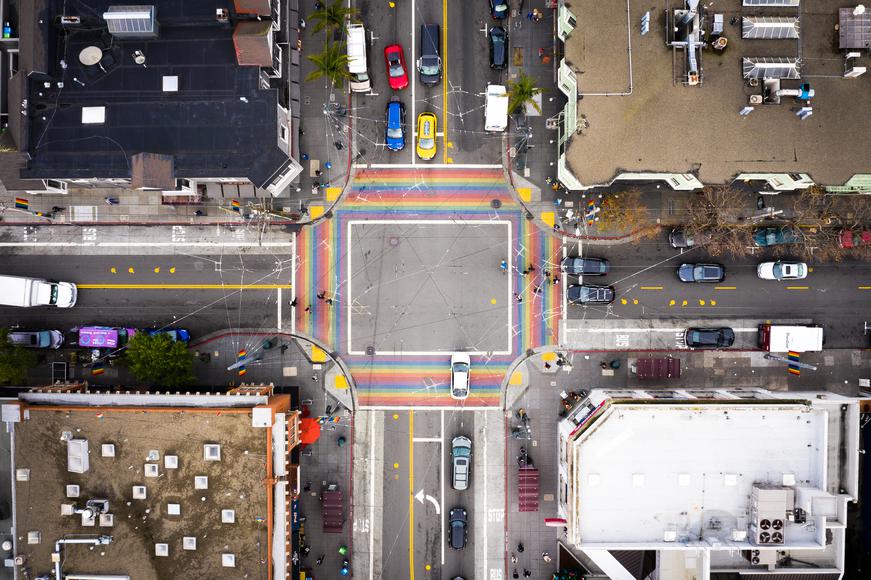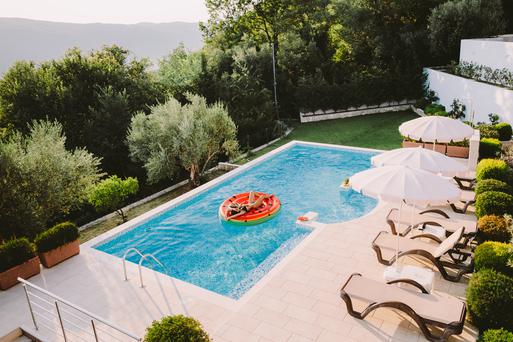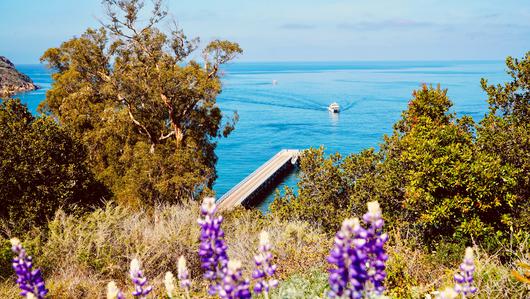The Castro District, otherwise known as the gay district in San Francisco, has absolutely no shortage of entertainment and fun. It is a vital part of the LGBTQ+ San Francisco community and is rich with history, having come such a long way. From being the home of German, Irish and Scandinavian immigrants in the 19th century, to transforming into the rainbow-colored paradise for the gay community of San Francisco today, it is an integral part of the city.
It was back in 1977 that the district started to make LGBTQ+ history with Harvey Milk’s election as a member of the San Francisco Board of Supervisors for which he rose to prominence as the unofficial “Mayor of Castro Street”. California history was made as he was the first openly gay elected official in California but was tragically assassinated a year later.
Harvey Milk paved the way for the boisterous and lively Castro community of today; it is now a modern-day safe haven filled with street fairs, hangout spaces, bars, and restaurants. You will never find a dull moment in this San Francisco gay districtղ
Castro Camera
Opened by Harvey Milk in 1972, the Castro Camera was more than just a camera shop. While they did sell cameras and film, the shop became a sort of center for the neighborhood’s growing gay community of the time. It also served as headquarters for Milk’s gay rights campaigns, which paved the way for the LGTBQ+ community.
After his tragic death in 1978, the shop became an official art gallery, and later on in 2011 a Human Rights Campaign Store. While Castro Camera itself does not operate anymore, the Human Rights Campaign Store is still worth checking out, as it is considered to be one of the LGTBTQ+ landmarks of California.
The Castro Theater






